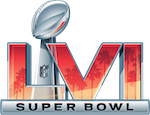 |
The power of the Super Bowl ad is still considerable for both sports fans and non-fans—but it does have its limits, a new study from Seton Hall University says.
The Seton Hall Sports Poll, which surveyed more than 1,500 adults from Feb. 4-7, found that more than seven in 10 respondents (71 percent) said that they pay more attention to ads shown during the Super Bowl than they do to commercials on other TV shows.
That number was highest for avid sports fans (76 percent), followed by casual fans (71 percent) and non-fans (65 percent).
However, that level of attention does not necessarily lead to buying the advertised products. Overall, only 27 percent of respondents said they were more likely to buy a product or watch a program promoted during the Super Bowl. Once again, non-fans were the least likely to be swayed, with only 18 percent saying Super Bowl ads influenced their purchase decisions. That number rises to 41 percent for avid fans.
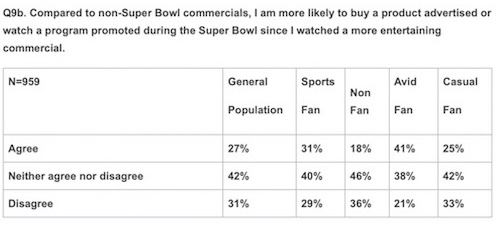 |
When it comes to what devices people will use to watch the big game, TV is still the big leader, but its dominance is beginning to crack a bit. Almost three-quarters (72 percent) of those viewing the Super Bowl say they will watch solely on a TV, down from 79 percent last year.
Those taking in the game solely on a non-TV device (smartphone, laptop, tablet) jumped from seven percent last year to 14 percent who plan to do so this year. The number of multi-taskers (those watching the game on more than one platform) held steady at 14 percent.
About one-third of respondents (34 percent) say they are also likely to take to social media to follow or discuss the Super Bowl during the broadcast, a number that sinks to 17 percent for non-fans and rises to 52 percent for avid fans.
A larger amount of respondents (44 percent) indicate that they plan to discuss or comment on the Super Bowl’s ads during the telecast, with 28 percent of non-fans planning to do so and 51 percent of avid fans saying they will.
The Seton Hall Sports Poll, which has been done since 2006, was conducted online by YouGov plc for the Sharkey Institute at the university’s Stillman School of Business.


 Employees at U.S. companies are experiencing high levels of burnout, but managers are lagging behind when it comes to their awareness of the problem
Employees at U.S. companies are experiencing high levels of burnout, but managers are lagging behind when it comes to their awareness of the problem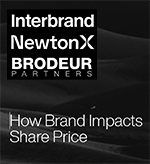 Brand has a powerful effect on a company’s valuation, but the level of brand understanding in the investment community leaves a lot to be desired, according to a new study from Brodeur Partners, Interbrand and NewtonX.
Brand has a powerful effect on a company’s valuation, but the level of brand understanding in the investment community leaves a lot to be desired, according to a new study from Brodeur Partners, Interbrand and NewtonX.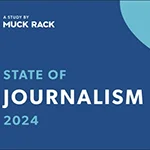 AI may still be viewed with a wary eye by most media pros, but its use is growing, according to a new study from Muck Rack.
AI may still be viewed with a wary eye by most media pros, but its use is growing, according to a new study from Muck Rack.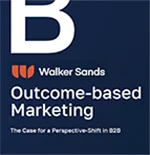 A new study from Walker Sands says that some marketers have been putting the cart before the horse when it comes to the relationship between marketing channels and business outcomes.
A new study from Walker Sands says that some marketers have been putting the cart before the horse when it comes to the relationship between marketing channels and business outcomes.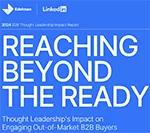 Thought leadership can make made B2B brands more "powerful and attractive to buyers," according to Edelman report.
Thought leadership can make made B2B brands more "powerful and attractive to buyers," according to Edelman report.


 Have a comment? Send it to
Have a comment? Send it to 
Feb. 11, 2022, by Joe Honick
Once again, we are left without the necessary "therefore" as to what should be done based on these results. Frankly, just on these data (and"data" IS a plural) there is not enough evidence to be happy or otherwise. I mean no disrespect to a fine institution like Seton Hall, but this leaves too many questions for judgements and just wonder facetiously if there are enough "unpolled" folks left for there not to be a whole new subject public.